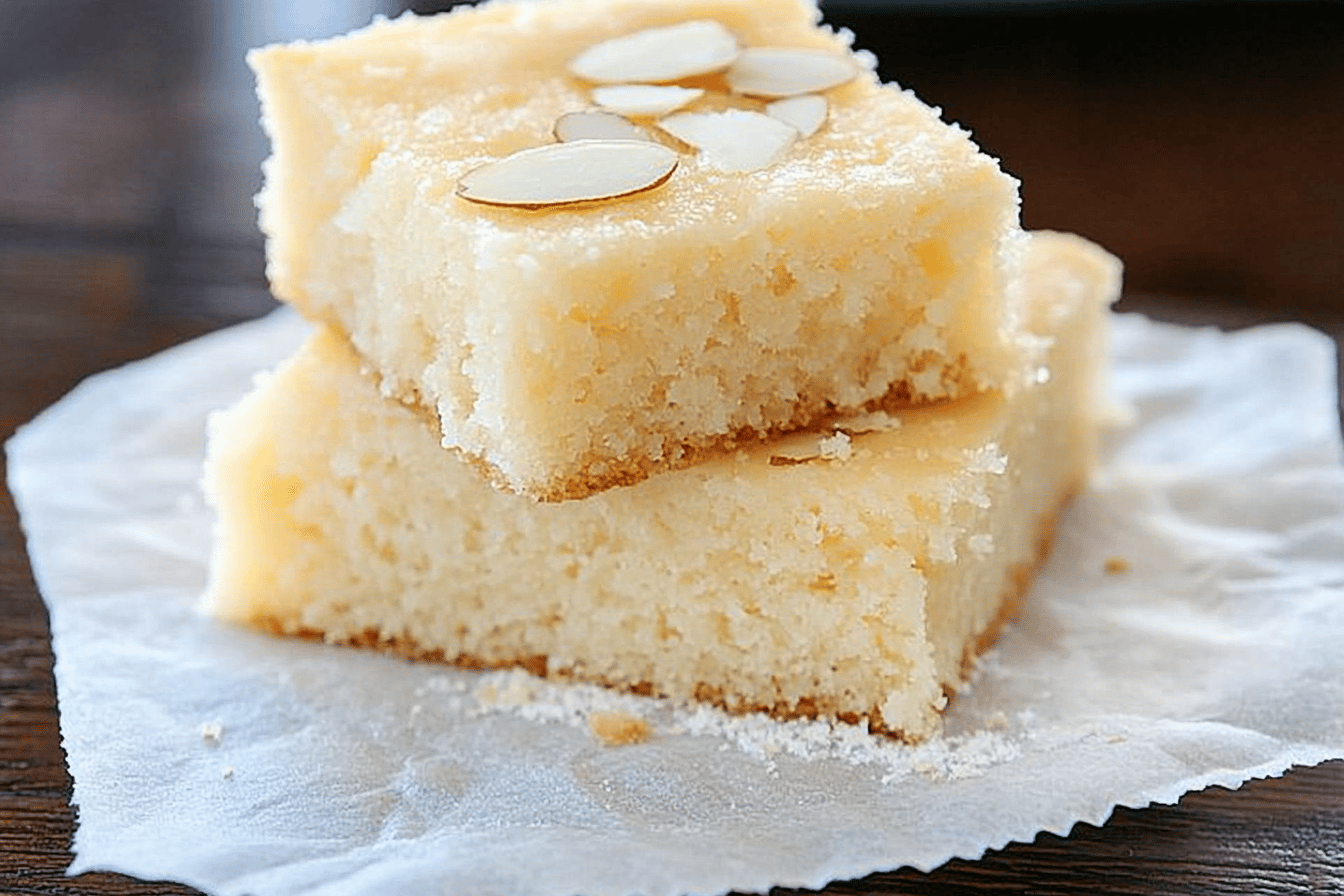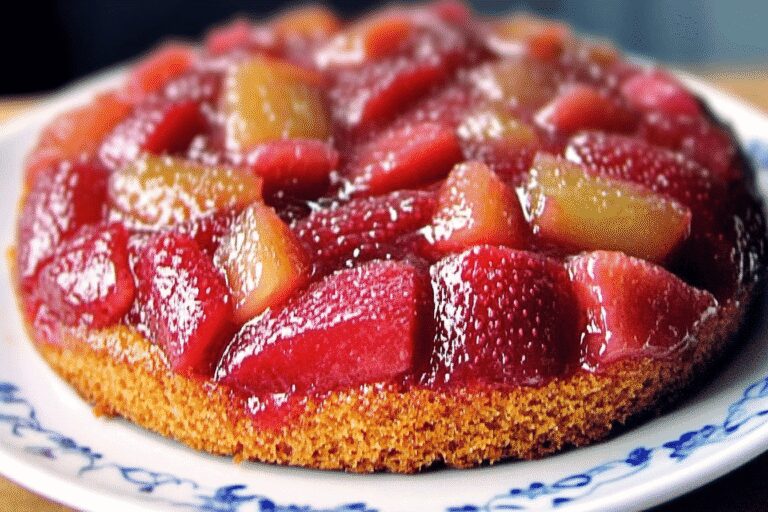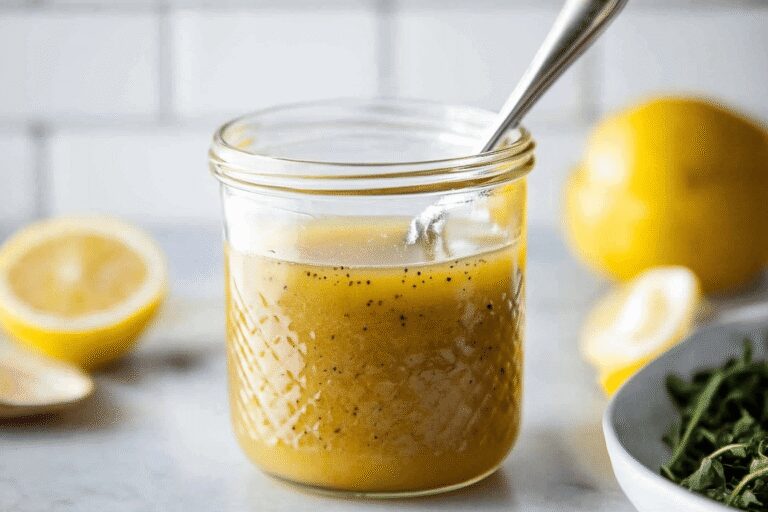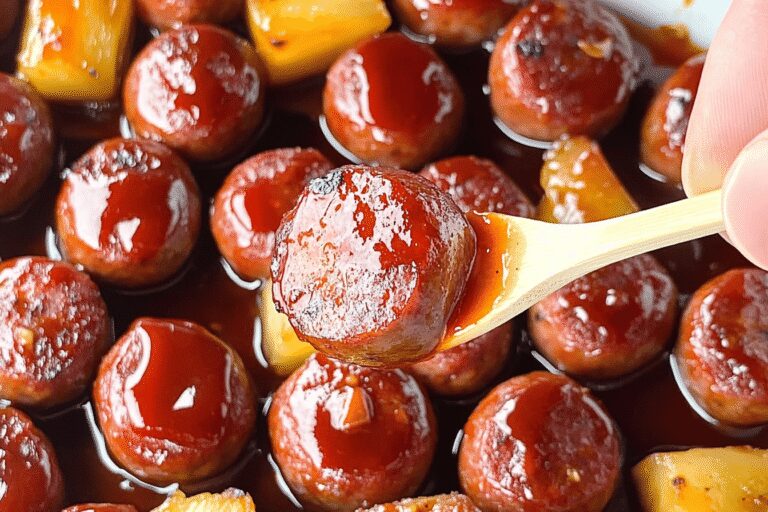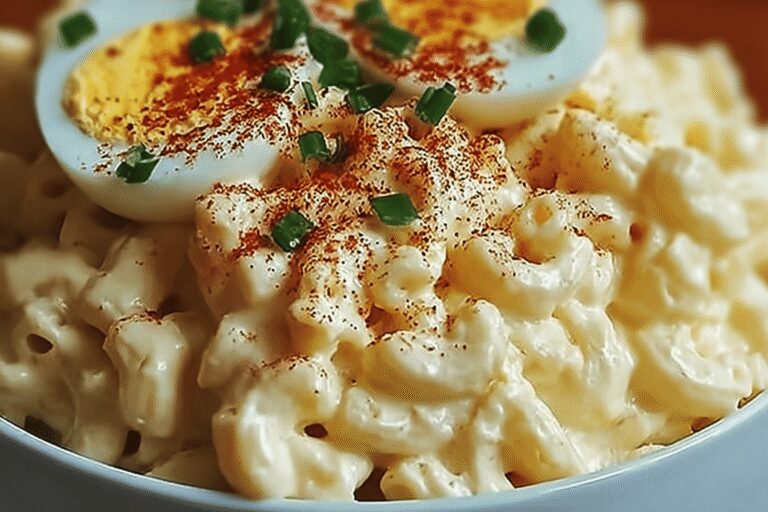Dutch Butter Cake
Introduction
The Dutch Butter Cake, also known as boterkoek, is a rich, buttery delight that comes from the Netherlands’ deep culinary traditions. This dessert is beloved for its simple ingredients, quick preparation, and fantastic ability to satisfy a sweet tooth. On Kevin and Amanda’s website, a detailed recipe is shared that not only highlights how easy it is to make this cake, but also how its texture—dense and decadent—makes it perfect for serving with coffee or tea. Read on to explore just how effortless it is to recreate this delicious dessert in your own kitchen.
Detailed Ingredients with Measures
This Dutch Butter Cake recipe calls for a handful of pantry staples, making it convenient for any home baker to whip up an incredible treat. Here are the ingredients you’ll need:
– Unsalted butter: 1 cup (softened to room temperature)
– Sugar: 1 cup
– All-purpose flour: 2 cups
– Pure almond extract: 2 teaspoons
– Large egg: 1 (divided, with the yolk and white separated)
– Salt: 1/4 teaspoon
The recipe relies heavily on its rich buttery flavor and almond aroma, which are key ingredients to creating the desired authentic Dutch experience.
Prep Time
The beauty of this recipe lies in its simplicity. Preparations are quick and easy, suitable even for beginners. The directions involve mixing the softened butter with sugar until smooth, incorporating the almond extract, and carefully folding in the dry ingredients. The dough is then spread evenly in a greased or parchment-lined pan, followed by brushing with the reserved egg white for a glossy finish.
Cook Time, Total Time, Yield
With an approximate cook time of 20 to 25 minutes at 350°F, the Dutch Butter Cake doesn’t require much patience. The total time, including preparation, will only take around 35 minutes. This recipe yields approximately 16 small squares or slices, making it an ideal treat to share with friends and family or enjoy over a few days paired with your favorite drink.
This Dutch Butter Cake is a recipe that combines tradition and ease, offering a mouthwatering dessert that can be made at any time. With its melt-in-your-mouth buttery richness and the perfect hint of almond, it’ll likely become a staple in your baking repertoire.
“`html
Detailed Directions and Instructions
Step 1: Preheat the Oven
Preheat your oven to 350°F (175°C) and lightly grease an 8×8-inch baking pan.
Step 2: Prepare the Dough
In a medium-sized mixing bowl, cream together the butter and sugar with an electric mixer until light and fluffy. Add the egg, reserving about 1 tablespoon of the egg to use as a topping later. Mix well to combine.
Step 3: Add the Dry Ingredients
Sift the flour and a pinch of salt into the wet ingredients. Mix until a soft, smooth dough is formed. Be careful not to overmix.
Step 4: Transfer the Dough to the Pan
Spread the dough evenly into the prepared 8×8-inch pan, using a spatula to smooth out the surface.
Step 5: Add the Topping
Brush the reserved tablespoon of egg over the top of the dough to create a shiny glaze. Use a fork to create a crisscross pattern on the surface for an authentic and decorative touch.
Step 6: Bake
Bake the butter cake in the preheated oven for 25-30 minutes, or until the edges are lightly browned. Be careful not to overbake, as the cake should maintain a soft texture.
Step 7: Cool and Serve
Allow the Dutch Butter Cake to cool completely in the pan before slicing into squares or rectangles. Serve at room temperature and enjoy.
Notes
Note 1: Serving Suggestion
This Dutch Butter Cake pairs wonderfully with a cup of tea or coffee. It’s perfect for enjoying as a mid-afternoon snack or dessert.
Note 2: Storage Tips
Store leftovers in an airtight container at room temperature for up to 3 days. If you’d like to extend its freshness, you can refrigerate it for up to 1 week.
Note 3: Substitution Ideas
If you run out of regular granulated sugar, you can use caster sugar for a finer texture. Additionally, almond extract can be added for a nuttier flavor variation.
Note 4: Crust Tip
For an extra crunchy crust, sprinkle a small amount of granulated sugar over the top of the dough right before baking.
“`
Cook Techniques
Use Room Temperature Butter
To achieve the best texture, ensure you use room temperature butter. This allows for easy mixing and creates a smooth consistency for your batter.
Properly Grease the Pan
Grease your pan thoroughly to prevent sticking. This ensures that the Dutch Butter Cake comes out cleanly and retains its shape when removed from the pan.
Evenly Spread the Dough
Ensure that the dough is pressed evenly into the pan using an offset spatula or the back of a spoon. This promotes an even bake.
Brush with Beaten Egg
Before baking the cake, brush the surface with a beaten egg. This step is crucial to achieving the signature golden, glossy finish on your Dutch Butter Cake.
Create Decorative Lines
Using a fork, draw diagonal lines across the surface after brushing the egg wash. This not only adds visual appeal but also gives the cake its traditional look.
FAQ
What is the texture of Dutch Butter Cake?
Dutch Butter Cake is dense, rich, and buttery with a chewy yet slightly crumbly texture.
How should I store Dutch Butter Cake?
Store the Dutch Butter Cake in an airtight container at room temperature for up to 3-4 days. You can also refrigerate or freeze it for longer storage.
Can I make substitutions for the ingredients?
For the best results, it is recommended to stick to the original ingredients. However, you can experiment with gluten-free flour or dairy-free alternatives, though the texture and taste may vary.
What size pan is recommended?
A standard 8-inch square pan works best for this recipe, ensuring an even bake and the proper thickness.
Can I add other flavors or ingredients?
Traditional Dutch Butter Cake is plain, but you can experiment by adding almond extract, vanilla extract, or sprinkling slivered almonds on top for a variation in flavor.
How do I know when the cake is done baking?
The edges of the cake should be golden brown, and the surface should appear slightly firm. Be careful not to overbake, as this can lead to dryness.

Conclusion
If you’re looking for a simple yet indulgent dessert to satisfy your sweet tooth, Dutch Butter Cake is a perfect choice. Its rich, buttery flavor and soft, dense texture make it an irresistible treat for any occasion. With minimal ingredients and a straightforward recipe, it’s a wonderful option for both beginner and experienced bakers. Serve it alongside a hot cup of coffee or tea, and it’s sure to be a crowd-pleaser.
More recipes suggestions and combination
Classic Shortbread Cookies
For another buttery delight, try classic shortbread cookies. Their crisp texture and melt-in-your-mouth flavor perfectly complement the richness of Dutch Butter Cake.
Fruit Compote Topping
Pair the Dutch Butter Cake with a dollop of homemade fruit compote. The fruity tang adds a refreshing counterpart to the cake’s buttery sweetness.
Coffee and Chocolate Pairings
Serve slices of Dutch Butter Cake with freshly brewed coffee or a drizzle of melted chocolate for an indulgent combination.
Cheesecake Bars
If you’re in the mood for more desserts, whip up some cheesecake bars. Their creamy filling balances well with the dense texture of Dutch Butter Cake.
Vanilla Ice Cream
Top your Dutch Butter Cake with a scoop of vanilla ice cream for a warm and cold contrast that will delight your taste buds.
Almond Biscotti
For another nod to almond flavors, try making almond biscotti to serve alongside the cake. It’s a perfect pairing for a dessert tray.

